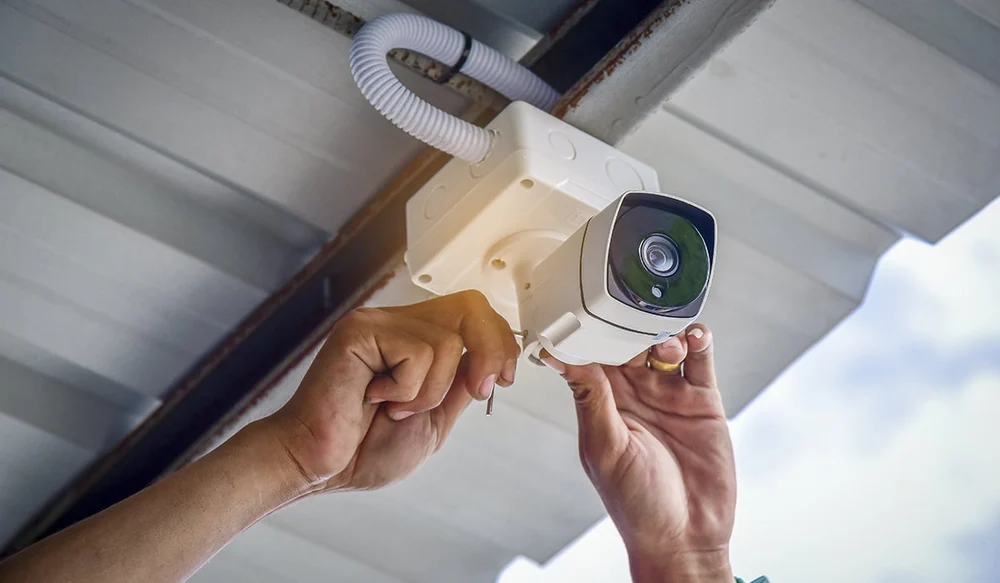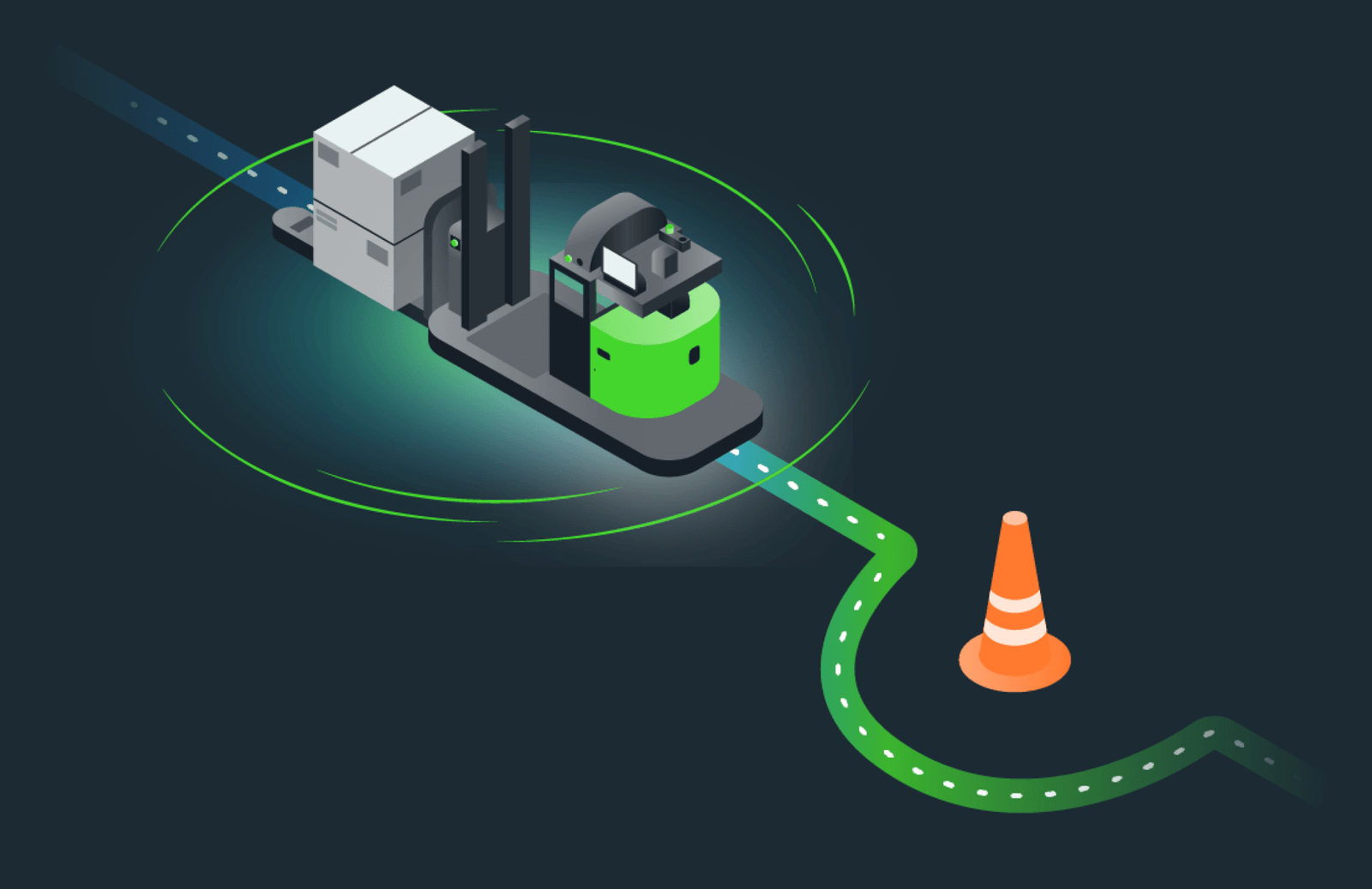As security becomes a top priority for homeowners and businesses alike, solar cameras are emerging as a powerful, eco-friendly solution. These wireless, self-sustaining security devices offer the perfect blend of convenience, cost savings, and performance. Whether you’re looking to monitor your backyard, farm, warehouse, or remote property, solar cameras are transforming the way we think about surveillance.
In this article, we’ll break down everything you need to know about solar cameras: how they work, their key benefits, ideal use cases, important features to look for, and how to choose the best one for your specific needs.
What Are Solar Cameras?
Solar cameras are surveillance cameras powered primarily by solar energy. Unlike traditional security cameras that depend on wired electricity, solar cameras use photovoltaic panels to collect energy from sunlight, which is then stored in rechargeable batteries. This allows them to function continuously—even at night or during overcast days.
These cameras are often wireless and require minimal infrastructure, making them ideal for areas where electricity is scarce or wiring is impractical. Most solar cameras also offer remote monitoring via Wi-Fi or cellular networks, letting users check live footage from their smartphones.
How Do Solar Cameras Work?
Solar cameras operate using three main components:
- Solar panel: Captures sunlight and converts it into electrical energy
- Rechargeable battery: Stores the collected energy to power the camera even when the sun isn’t shining
- Security camera unit: Records video footage and often includes motion detection, night vision, and two-way audio
During the day, the solar panel charges the battery. At night or in low-light conditions, the camera draws energy from the battery. If the battery is well-sized and the solar panel is efficient, the camera can operate 24/7 with no interruptions.
Benefits of Using Solar Cameras
There’s a reason solar cameras are gaining popularity in residential, commercial, and agricultural settings. Here are the top advantages:
1. Zero Electricity Costs
Since solar cameras are powered by the sun, they don’t add to your monthly energy bill. Over time, this can result in significant savings—especially if you’re using multiple cameras across a property.
2. Eco-Friendly Surveillance
Using solar energy reduces your carbon footprint. For environmentally conscious consumers, solar cameras are a sustainable alternative to conventional wired security systems.
3. Easy Installation
Solar-powered cameras are usually wireless, eliminating the need for complex wiring or professional installation. They can be mounted virtually anywhere with good sunlight exposure.
4. Great for Remote Areas
Solar cameras are perfect for farms, cabins, construction sites, and other off-grid locations. All they need is sunlight and a data connection (Wi-Fi or 4G LTE) to function effectively.
5. Continuous Monitoring
Thanks to built-in batteries, solar cameras can operate during the night or on cloudy days. A well-designed system ensures 24/7 monitoring with minimal maintenance.
Popular Use Cases for Solar Cameras
Solar cameras are versatile and can be used in various environments. Here are some common applications:
- Home security: Monitor entrances, backyards, garages, and driveways
- Farms and ranches: Watch over livestock, crops, and equipment in remote fields
- Construction sites: Keep tabs on expensive machinery and materials
- Warehouses: Monitor activity without disrupting infrastructure
- Parking lots: Deter theft and vandalism without costly wiring
- Cabins and vacation homes: Maintain security while you’re away
Key Features to Look for in Solar Cameras
If you’re ready to invest in a solar-powered security system, it’s important to choose a model that meets your specific needs. Here are the most important features to consider:
1. Battery Capacity
Look for cameras with high-capacity lithium batteries (5000mAh or more). This ensures the system can function through long nights and overcast days without losing power.
2. Solar Panel Efficiency
Choose a camera with a high-efficiency solar panel (typically monocrystalline) that can quickly charge the battery even in low sunlight conditions.
3. Video Resolution
For clear footage, opt for a camera with at least 1080p HD resolution. Some premium models offer 2K or 4K video for enhanced detail.
4. Night Vision
Infrared night vision is a must-have for round-the-clock surveillance. Some models also offer color night vision for better identification of people or vehicles.
5. Motion Detection
Motion-activated recording conserves battery life and storage. Advanced models include AI-powered detection to distinguish between people, animals, and vehicles.
6. Two-Way Audio
This feature allows you to communicate with visitors or warn intruders in real-time through your smartphone.
7. Cloud and Local Storage
Ensure the camera supports both cloud storage and microSD cards. This gives you more options to access and back up your footage.
8. Waterproof and Weatherproof
Outdoor solar cameras should have at least an IP65 rating to withstand rain, dust, and varying temperatures.
Top Brands and Models to Consider
To help you get started, here’s a comparison of some popular solar cameras on the market:
| Brand/Model | Resolution | Battery Size | Connectivity | Special Features |
| Reolink Argus 3 Pro | 2K HD | 6500mAh | Wi-Fi | Color night vision, 2-way audio |
| Ring Stick Up Cam Solar | 1080p | Built-in | Wi-Fi | Works with Alexa |
| Soliom S600 | 1080p | 9000mAh | 4G LTE | Pan/tilt rotation, SD & cloud |
| Arlo Essential XL | 1080p | Extended | Wi-Fi | Smart alerts, cloud storage |
Tips for Installing Solar Cameras
Maximize the performance of your solar camera system with these practical tips:
- Mount the solar panel in direct sunlight: South-facing angles work best in the northern hemisphere
- Avoid shaded areas: Trees, walls, or overhangs can reduce charging efficiency
- Elevate the camera: Install at a height of 8–10 feet for a wide field of view and better motion detection
- Use weatherproof mounts: Especially important in windy or rainy regions
- Check battery levels monthly: Ensure optimal charging performance and consider seasonal changes in sunlight
Common Myths About Solar Cameras
Let’s clear up some common misconceptions that might be holding you back.
Myth 1: Solar cameras don’t work at night
Truth: They store solar energy in batteries during the day and use it to operate at night.
Myth 2: They stop working on cloudy days
Truth: High-efficiency solar panels can still charge under indirect sunlight or overcast skies.
Myth 3: They’re not as reliable as wired systems
Truth: Modern solar cameras are just as reliable, with the added benefit of flexibility and zero electrical dependency.
Are Solar Cameras Worth It?
Absolutely. Solar cameras provide a scalable, cost-effective, and low-maintenance solution for your security needs. While the initial investment may be higher than a basic wired camera, the long-term savings on electricity, installation, and maintenance make them a smart choice.
Plus, the peace of mind that comes with eco-friendly, always-on surveillance—especially in remote or off-grid locations—makes solar cameras a valuable addition to any property.
Final Thoughts
Solar cameras are revolutionizing the world of surveillance. Their ability to operate independently, combined with features like HD recording, night vision, two-way audio, and AI motion detection, makes them an excellent choice for modern security systems.
If you want a dependable, wire-free solution that supports your green lifestyle and saves money over time, solar cameras are well worth the investment. Just be sure to choose a high-quality model that matches your environment and usage needs.
With the right solar camera system, you’ll enjoy 24/7 security, complete mobility, and true peace of mind—powered by the sun.



